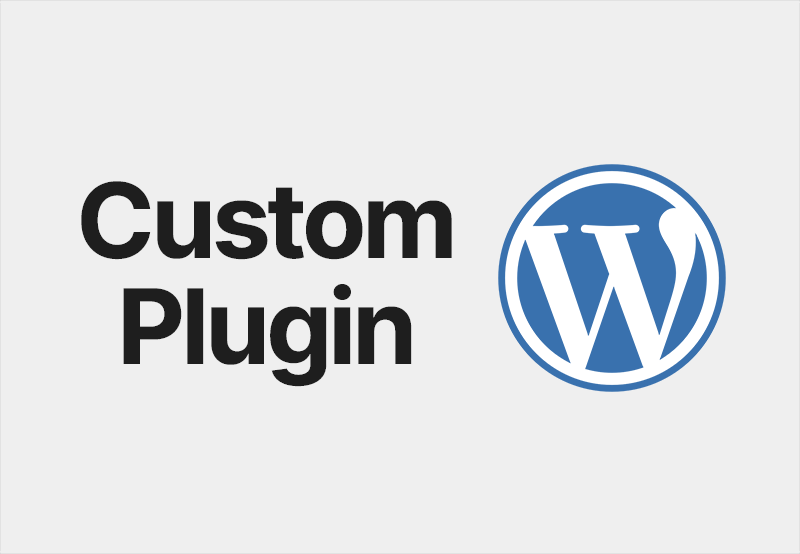Let’s be honest—WordPress is already a beast of a platform. It can do a lot right out of the box, but sometimes you need more. Maybe you want a tiny feature tweak, or maybe you’re dreaming big and want to create a full-blown custom functionality for your site. That’s where custom plugins come in. And yes, while it sounds fancy, creating your own WordPress plugin isn’t as scary as it seems.
Here’s the deal: Plugins are just PHP scripts (with a little WordPress magic sprinkled in) that hook into your site. They can do anything—from adding a small widget to overhauling your site’s core behavior. Think of it like building your own Lego pieces instead of relying on someone else’s set.
Step 1: Understand the Basics
Before diving in, let’s get a few things straight. A WordPress plugin usually has:
- A main PHP file with a header comment that WordPress recognizes.
- Optionally, other PHP files, JavaScript, CSS, or even images.
- Hooks (actions and filters) to interact with WordPress without touching core files.
Here’s a tiny example of the main plugin file header:
<?php
/*
Plugin Name: My Awesome Plugin
Description: Adds a little magic to my site.
Version: 1.0
Author: Your Name
*/
That’s literally all WordPress needs to detect your plugin. Yep, it’s that simple.
Step 2: Start Small
Here’s something to think about: don’t try to create the next Jetpack on your first go. Start with something tiny. Maybe you want a shortcode that outputs today’s date, or a widget that shows a motivational quote. Small wins build confidence, and trust me, debugging a tiny plugin is way easier.
For instance, a simple shortcode plugin might look like this:
function show_today_date() {
return date(‘F j, Y’);
}
add_shortcode(‘today_date’, ‘show_today_date’);
Then you just type [today_date] in a post, and boom—it shows the current date. Simple, right?
Step 3: Learn Hooks (Actions & Filters)
Here’s where the “pro” part starts. WordPress hooks are like secret doors that let your plugin interact with the system without messing with core files.
- Actions let you do stuff at certain points. Like, “Hey WordPress, when a post is published, also send me an email.”
- Filters let you tweak data before it shows up. Like, “Take this post content and add a little note at the end.”
Example action:
function notify_admin_new_post($post_ID) {
wp_mail(‘admin@example.com’, ‘New Post Published’, ‘Check out the latest post!’);
}
add_action(‘publish_post’, ‘notify_admin_new_post’);
See that? Every time a post goes live, the admin gets an email. That’s power.
Step 4: Keep Your Code Clean
Here’s a truth bomb: messy code is the fastest way to regret creating your own plugin. Keep your functions organized, name things clearly, and comment generously. You don’t have to be a code monk, but trust me, your future self will thank you.
Also, avoid “hacks.” That is, don’t overwrite core files or use outdated functions. WordPress evolves fast, and your plugin will break if it relies on sketchy stuff.
Step 5: Test, Test, Test
Here’s the thing—no one wants a plugin that crashes the site. Ever. So, always test on a local or staging site first. Use tools like Local by Flywheel or XAMPP to simulate a real WordPress environment. And test on multiple themes if possible. Conflicts happen.
Even the pros run into issues. I once wrote a plugin that worked perfectly on my dev site… but on a client’s live server, it broke the entire dashboard. Learned a lot that day.
Step 6: Make It Extendable
If you plan to release your plugin publicly, or even just want to future-proof it, think about extendability. Use hooks inside your plugin so other developers (or future you) can tweak it. It’s like leaving little handles for people to grab and customize your code.
Step 7: Release & Maintain
Congrats—you made it! But here’s a reality check: a plugin isn’t “done” once it works. Updates are crucial. WordPress updates, PHP versions change, and security holes pop up. Keep an eye on your plugin, and if it’s live for the public, be ready to support it.
Wrapping Up
Creating a custom WordPress plugin isn’t rocket science. It’s like cooking—you don’t start with a five-course meal; you start with a simple dish and gradually level up. Hooks, actions, filters, and clean coding are your ingredients. Mix them right, and you’ve got something powerful.
Here’s the takeaway: don’t be intimidated. Start small, learn as you go, and keep improving. In a few weeks, you might just be the person writing plugins that others can’t imagine living without.
And hey, if you screw up? That’s part of the fun. WordPress is forgiving, and you’ll learn faster than you think.

